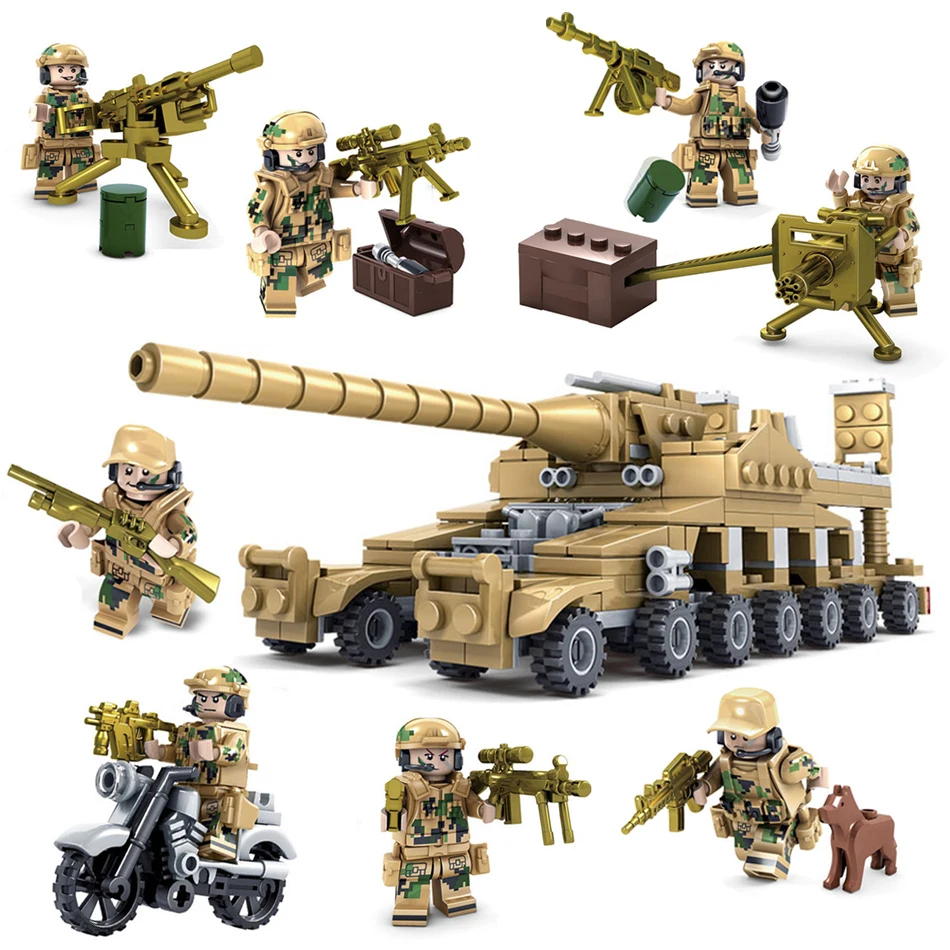

"Their most successful operation was Operation Viersen," which took place from March 18 to March 24, 1945, Decuers said. Audio engineers pre-recorded sounds of military training exercises and the construction of trenches and bridges, and then edited them into soundscapes that could be played on massive speakers within range of German troops, to convince the Nazis that entire combat units occupied locations that were undefended.Īnd then a fourth layer of deception was supplied by the unit's combat engineer company, which would don the insignias of other military units to confuse the Germans or to mislead potential spies in nearby towns. Related: The flying bombs of Nazi GermanyĪ third element of the Ghost Army was sonic deception. Pictured in 1944, this inflatable tank was part of the WWII Ghost Army efforts to create the illusion of greater Allied forces in Europe from Normandy to the Rhine River. "To the trained ear, that telegraphic fist is almost like a fingerprint," Decuers said. The second element was a signal company that concocted fake radio traffic the radio operators were so skilled that they could mimic the morse code "fist" - the sending style - of operators in specific army units, to make fake dispatches sound authentic. These tanks could easily be lifted and moved into position by just a few men, but from a distance they were nearly impossible to distinguish from the real thing. "The first element was the camouflage engineer battalion - the guys who dealt with the inflatable vehicles, inflatable tanks," he said.

These and other strategists designed a four-part approach to bring phantom army battalions to life, Decuers explained. Reeder, supervising 82 army officers and 1,023 recruits among them were art students from the Industrial Camouflage Program at the Pratt Institute in New York, fashion designer Bill Blass, photographer Art Kane and painter Ellsworth Kelly.

It was made of inflatable rubber and could be assembled in 20 minutes. A dummy tank, photographed in Italy in 1944 and designed by the British Army.


 0 kommentar(er)
0 kommentar(er)
